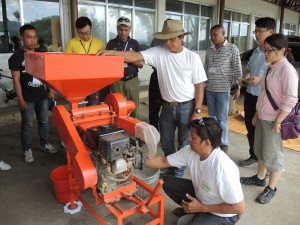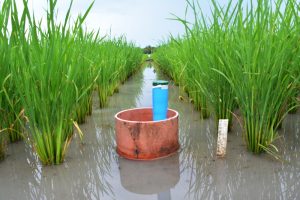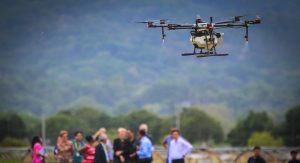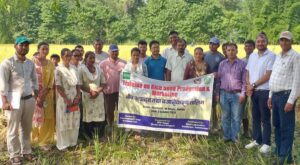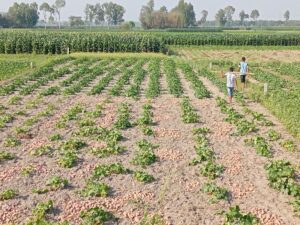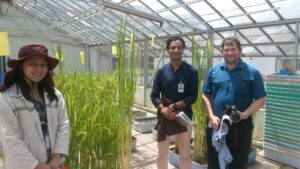Telangana Sona, a rice variety developed at Jaysashankar Telangana State Agriculture University, is gaining popularity in several states in India.
Because it has a low glycemic index, it is marketed as a healthy rice variety for people with diabetes.
It also produces good yield and has good eating quality.
Read the full story at The Times of India
More on healthier rice:
3K Rice Genome project advances research on low-GI rice
A recently published study, which integrated a genome-wide association study with large-scale transcriptome analysis, is helping predict genetic regions in rice that influence its glycaemic index (GI) and texture. Drawing on the genomic information amassed during the sequencing of 3,000 rice germplasm accessions, the aim is to identify novel sources of germplasm that could be used to identify and develop low-GI rice varieties that are a healthier option for people who have or are at risk of, diabetes.
Rice in the diet
Rice has been part of the human diet for thousands of years. Historical evidence suggests that rice may have been produced and consumed up to 10,000 years ago. This, alongside its current global status as the world’s most important human food, makes rice production responsible for feeding more people over a longer period than any other crop. Into the future, rice will remain an important food staple for billions of people. To help ensure that rice can contribute to the safe and healthy diets of rice consumers worldwide, IRRI has studied the glycemic index of rice and is developing healthier rice.
Nourishing a nation
Rice is the leading source of sustenance for all Filipinos. In 2009, the country had an average annual rice consumption of 123 kg per person—among the highest in the world. Filipinos spend more on rice than any other food, according to the Bureau of Agricultural Statistics (BAS). The BAS survey showed that Filipinos, especially those from low-income households, are depending solely on rice more than ever for their daily dietary energy supply and dietary protein because it remains the most affordable food in the country. However, Dr. Eufemio Rasco, executive director of the Philippine Rice Research Institute, points out that the increasing consumption of rice coupled with the decreasing intake of other foods can contribute to an unhealthy diet.

